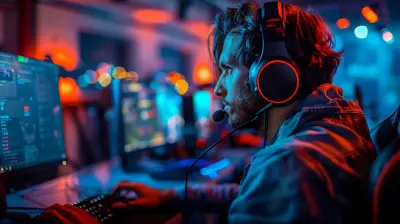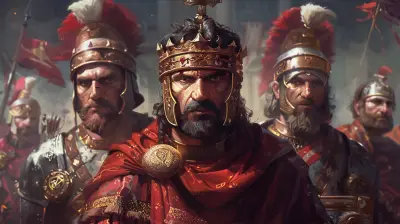The Tragedy of the Firekeeper: Dark Souls’ Sad Story of Sacrifice
30 October 2025
Dark Souls is a franchise renowned for its cryptic storytelling, punishing difficulty, and an atmosphere drenched in melancholy. From the crumbled ruins of Lordran to the eerie quiet of the Firelink Shrine, everything in the game tells a tale of decay and sacrifice. But if there’s one story that stands out amidst the despair, one story that whispers to players about the cost of duty and the weight of self-sacrifice, it’s that of the Firekeeper. These enigmatic characters quietly light the way through the darkness, bearing the burden of their cursed roles. Today, we’re taking a closer look at the tragedy of the Firekeeper, the unsung heroes of Dark Souls.
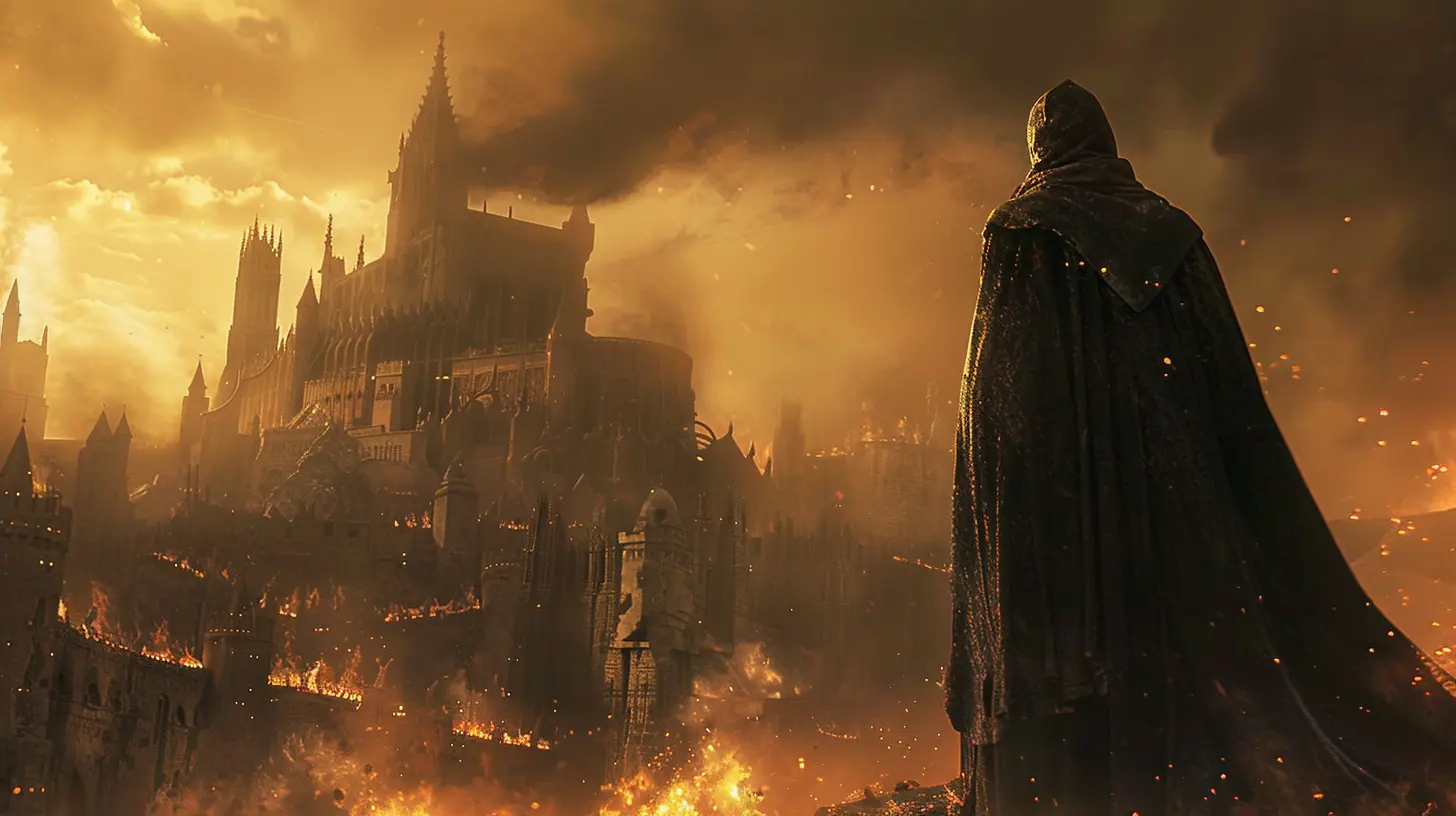
Who Are the Firekeepers?
If you’ve spent more than a few hours wandering the treacherous landscapes of Dark Souls, you’ve likely encountered a Firekeeper. They’re the guardians of the bonfires, those precious beacons of safety that punctuate the harsh world. Firekeepers are deeply intertwined with the bonfires’ power—they sustain them, protect them, and, in return, are themselves tied to these flames.But this tie isn’t free. Firekeepers are often bound by duty, cursed to live in servitude to the flames. Their existence revolves around sacrifice. They give up their freedom, agency, and sometimes even their humanity, all to maintain the fragile light in a world dominated by darkness. It’s a noble cause, sure—but at what cost?
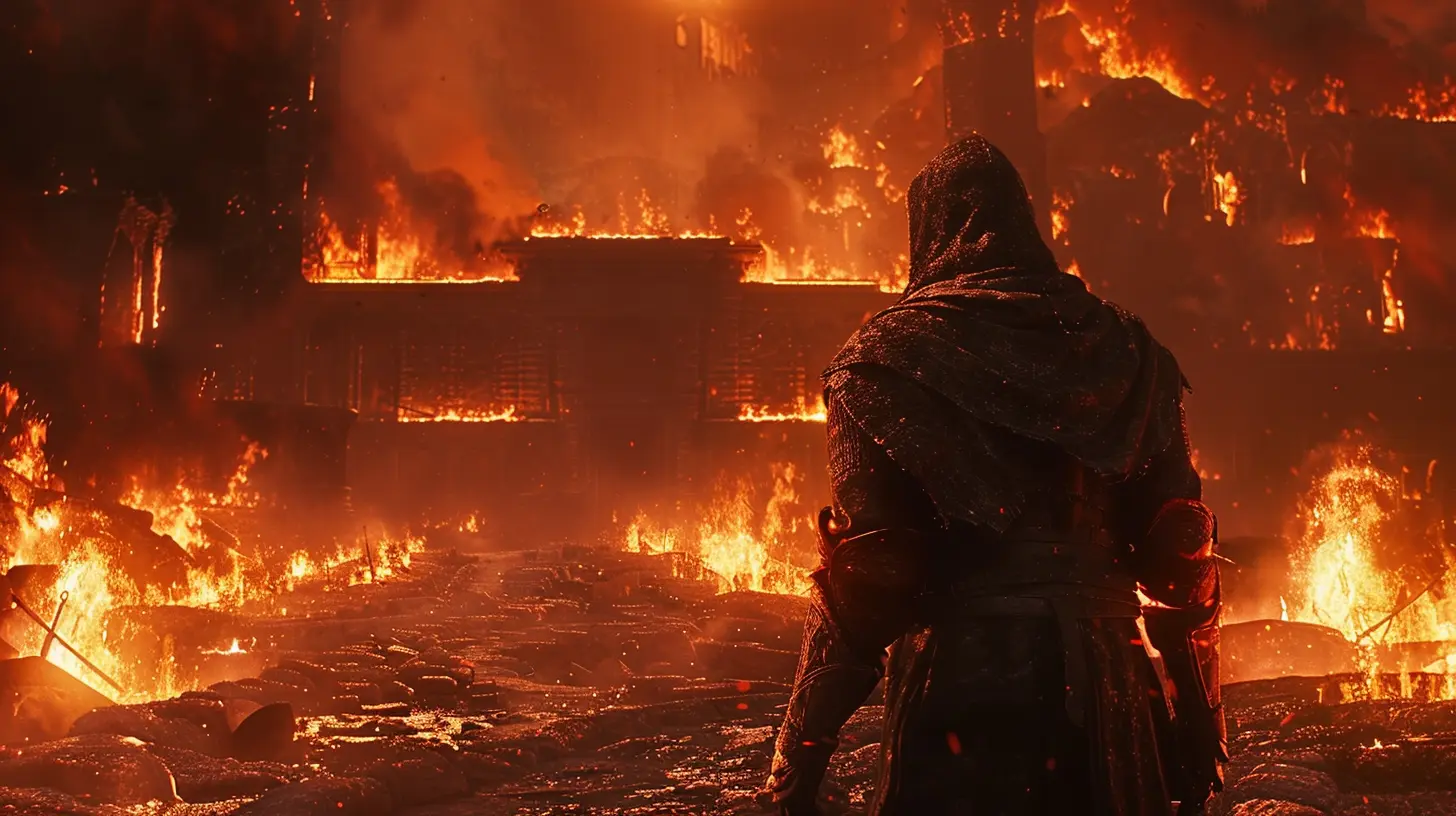
The Firekeeper’s Sacrifice
Let’s get one thing straight: being a Firekeeper isn’t a glamorous gig. If anything, it’s a prison sentence disguised as a sacred duty. Firekeepers are tasked with maintaining bonfires, but they’re also stripped of their individuality. They serve as silent, stoic reminders of the cyclical nature of the Dark Souls universe—a world that endlessly teeters between light and dark, life and death.Think of it like being a candle. You burn brightly for others, but with every flicker of your flame, a part of you is consumed. That’s the essence of a Firekeeper’s role. They’re vessels for the flame, and in holding onto it, they’re slowly consumed by it. It’s a sad, lonely existence, one that’s easily overlooked by players who dash from bonfire to bonfire without a second thought.
The Loss of Humanity
One of the most heartbreaking aspects of the Firekeepers’ plight is their loss of humanity—both literally and figuratively. In the game’s mechanics, Firekeepers are tied to humanity. They’re the ones who replenish your Estus Flask, the life-giving potion that restores health. But in a cruel twist, many Firekeepers are also physically maimed or blinded, scarred by the very flames they nurture.Take the Firekeeper of Firelink Shrine, for example. She’s mute and trapped in a cage beneath the shrine, her voice stolen and her freedom stripped away. Or consider the Firekeeper in Dark Souls III, who willingly blinds herself as a form of penance, a symbolic gesture of surrender to her role. These characters aren’t just caretakers of the flame—they’re martyrs, giving up everything to keep the fires burning for others.
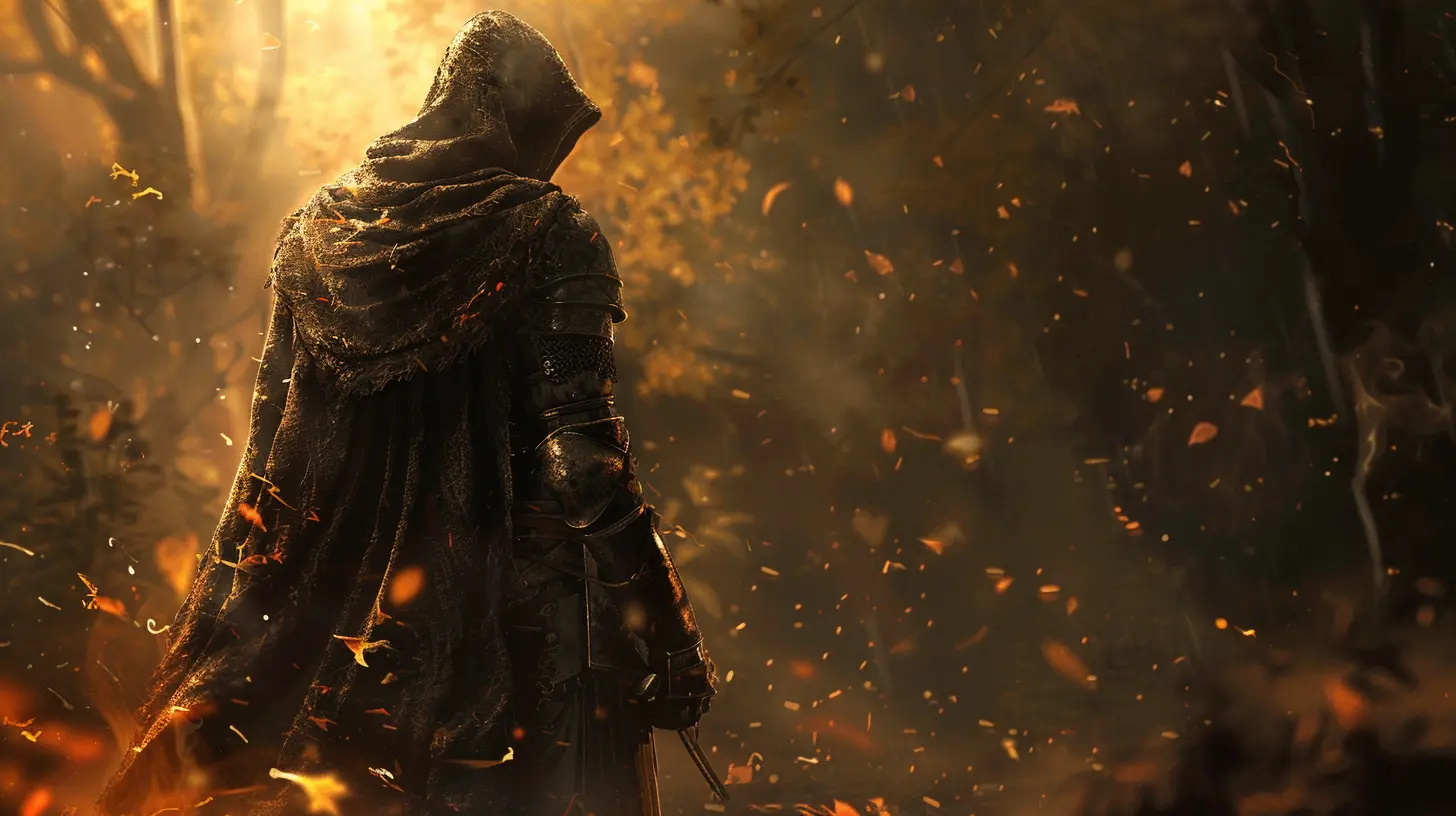
The Symbolism of the Firekeepers
Dark Souls is a game steeped in symbolism, and the Firekeepers are no exception. They represent the light in the darkness, a fragile hope against the oppressive gloom that defines the game’s world. But they also embody the cost of that hope. Their sacrifices serve as a grim reminder that nothing in this universe comes without a price.Their connection to the flames also ties them to the game’s broader themes of cycles and inevitability. Just as the world of Dark Souls is locked in an endless loop of rise and fall, light and dark, so too are the Firekeepers locked in their roles. They’re a cog in the machine, unable to break free from the cycle they uphold.
The Feminine Element
It’s worth noting that all the Firekeepers in Dark Souls are women. This isn’t a coincidence. Their roles as nurturers of the flame align with traditional, almost archetypal, depictions of femininity—caregiving, self-sacrificing, and enduring. But it’s also a subversion. These women aren’t celebrated or idolized for their sacrifice. If anything, they’re overlooked, ignored, or outright exploited. It’s a stark commentary on the thankless nature of their roles.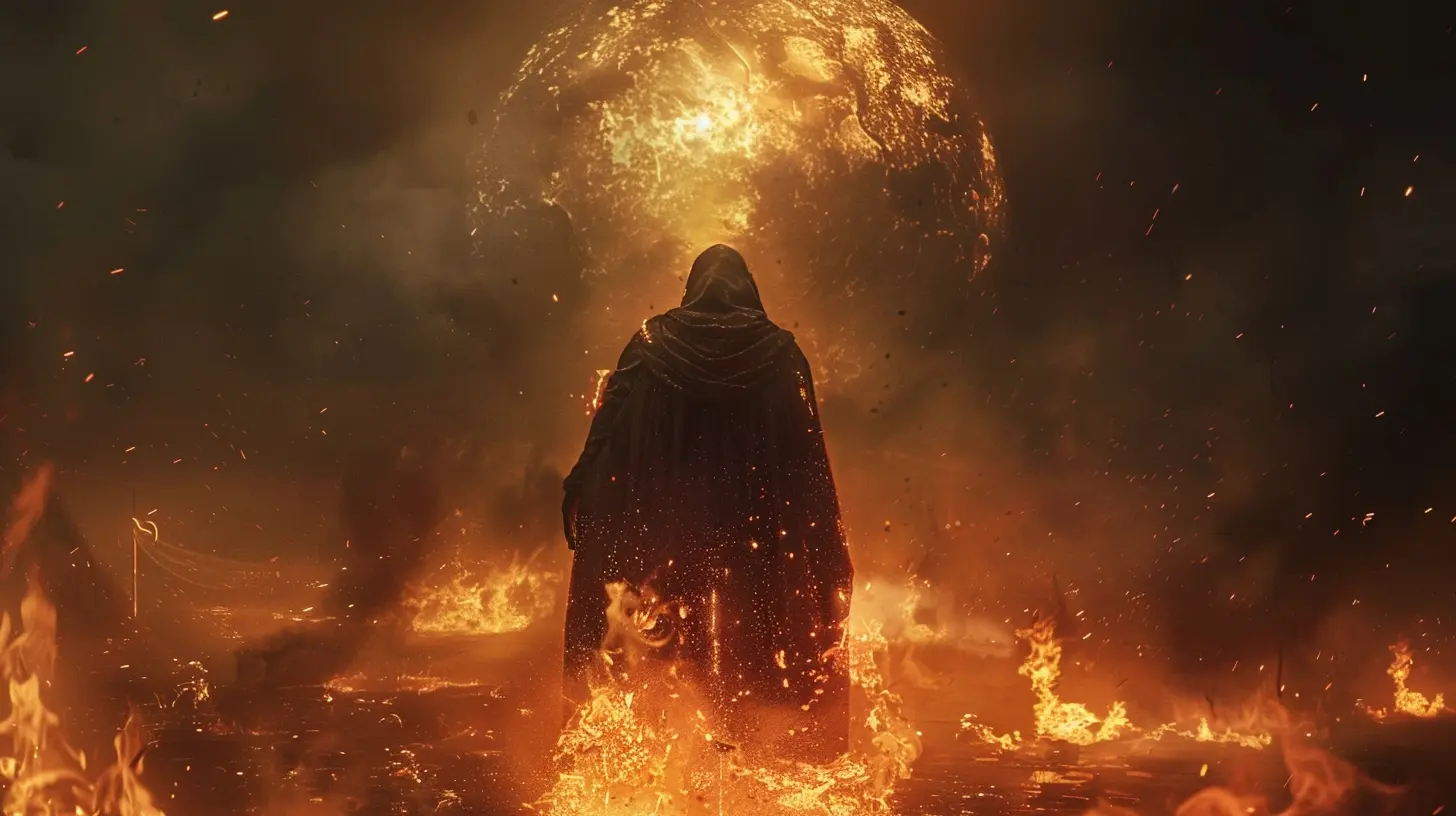
The Player's Role in Their Tragedy
Here’s the kicker: as the player, you’re complicit in the Firekeepers’ tragedy. Think about it—you rely on them to heal, sustain, and guide you, but what do you give back? For most players, Firekeepers are just part of the scenery, existing to refill Estus Flasks and maintain bonfires. Their suffering, while evident, is often dismissed as part of the grim backdrop of the Dark Souls world.But the game doesn’t let you off the hook that easily. In Dark Souls III, you’re given the option to betray the Firekeeper. At the end of the game, you can choose to usurp the flame for yourself, extinguishing her light and taking the fire’s power. It’s a harsh but fitting conclusion—a reminder that in this world of sacrifice, even the strongest convictions can be snuffed out.
Firekeepers Across the Series
Each Dark Souls game introduces its own Firekeeper, and each one adds a new layer to their shared tragedy. Let’s take a quick look at the most notable ones:1. Anastacia of Astora (Dark Souls): The mute Firekeeper of Firelink Shrine who’s cruelly murdered by Lautrec, only to be revived by the player. Her story is a testament to the fragility of the Firekeepers and their dependence on others for survival.
2. Emerald Herald (Dark Souls II): While not a traditional Firekeeper, the Emerald Herald serves a similar role in guiding the player. Her tragic backstory as a failed experiment to create a dragon underscores the theme of forced sacrifice.
3. Firekeeper of Dark Souls III: Blind and soft-spoken, she serves as your guide through the ruined kingdom of Lothric. Her willingness to put her duty above her own needs—literally blinding herself as a symbol of her sacrifice—cements her place as one of the series’ most tragic figures.
Why Their Story Resonates
So, why do the Firekeepers’ stories stick with us? Because, at their core, they’re about sacrifice—a universal theme that resonates deeply with anyone who’s ever given up something for the sake of others. Whether it’s a parent working long hours to support their family, a friend offering their time to help someone in need, or a stranger risking their safety for another, the concept of self-sacrifice is one we’re all familiar with.The Firekeepers take this idea to its extreme. They give up everything—their freedom, their humanity, their lives—to keep the world’s light from fading. And in doing so, they remind us of the cost of hope. It’s a sobering thought, but also a profoundly moving one.
Final Thoughts
The Firekeepers are more than just NPCs in a video game. They’re symbols of endurance, sacrifice, and the quiet strength it takes to hold onto hope in a dark world. Their stories, though tragic, add a layer of depth to the Dark Souls universe that’s hard to ignore. So, the next time you rest at a bonfire, take a moment to think about the sacrifice that keeps that flame alive. Because without the Firekeepers, the world of Dark Souls would plunge into darkness—and isn’t that a tragedy worth remembering?all images in this post were generated using AI tools
Category:
Lore And StorylinesAuthor:

Kaitlyn Pace
Discussion
rate this article
1 comments
Greyson Hall
The Firekeeper's story beautifully encapsulates sacrifice and melancholy, highlighting Dark Souls' emotional depth.
November 8, 2025 at 4:10 AM

Kaitlyn Pace
Thank you! I'm glad you resonated with the Firekeeper's story; her sacrifice truly embodies the poignant themes of loss and devotion in Dark Souls.
